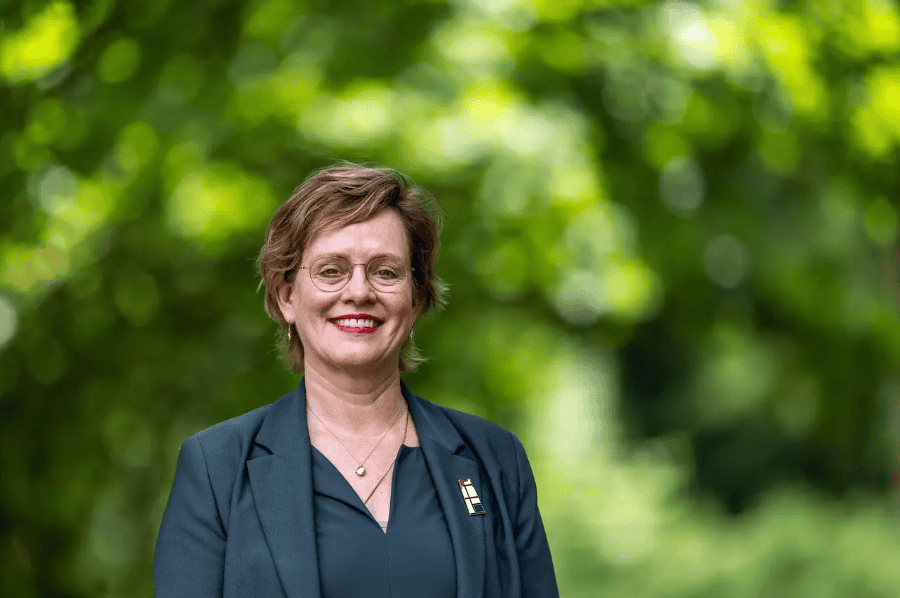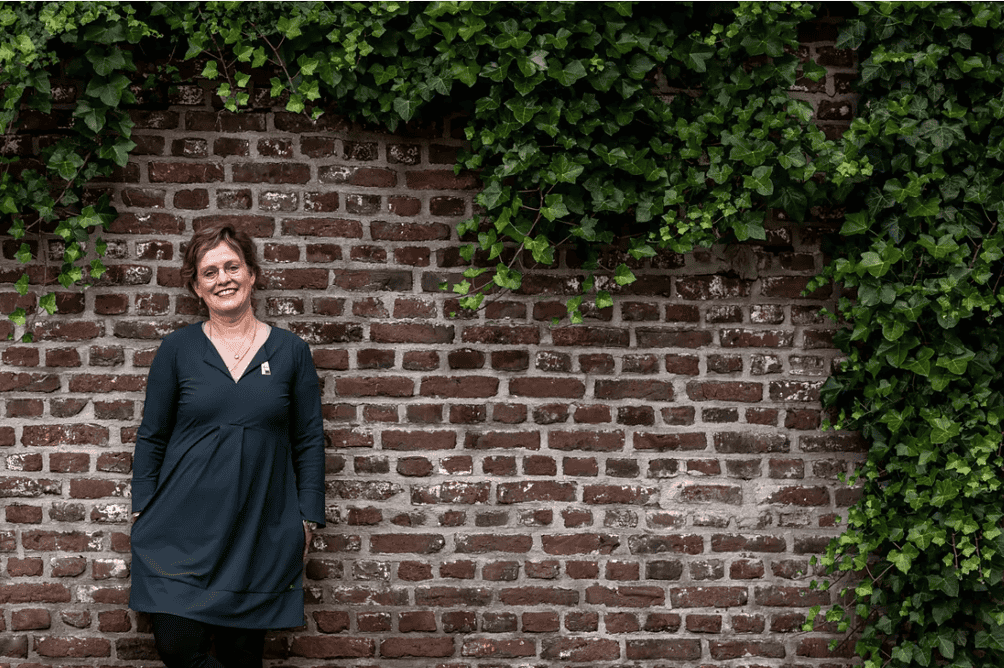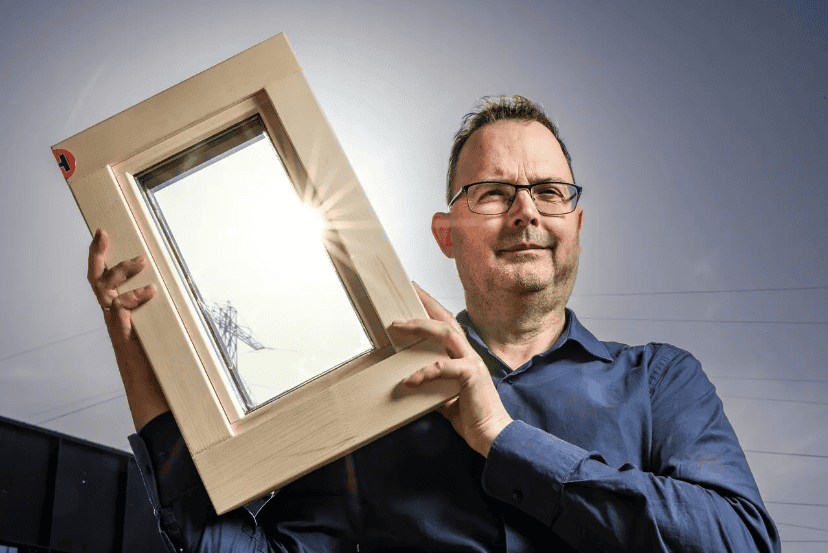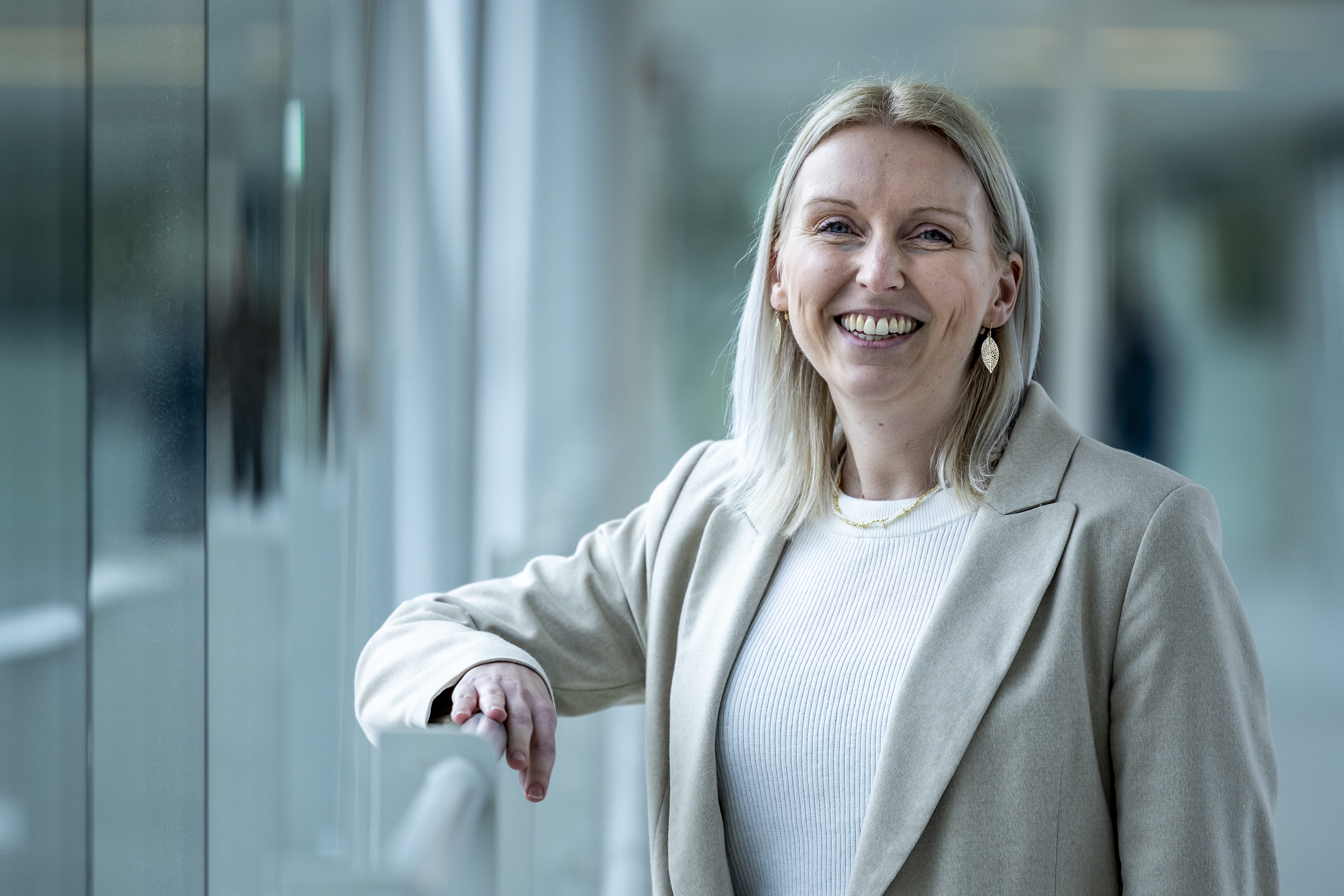
When she announced that she would be working on innovations in technology-driven ecosystems, environmental scientists couldn’t help but joke about it. “You don’t even know what an ecosystem is.” She was promptly given a base plate as a gift. Prof. Dr. Petra de Weerd-Nederhof is obviously well aware of what an ecosystem is, but in this case, it doesn’t involve nature but innovative hubs, networks or ecosystems such as the four Brightlands campuses.
Why this is important:
Petra de Weerd-Nederhof has been dean of the Faculty of Sciences and professor of Innovation of Technology-Driven Ecosystems at the Open University since 2022. The campuses hold a special place in her heart. “As long as there’s enough slack.”
“I’m still so proud to have become Dean of Sciences,” beams the professor from her office at the Open University (OU). “I always say I’m an engineer, but actually, I’m a technical business engineer. I’m a University of Twente alumnus; it’s where I studied, got my doctoral degree and matured academically. At a technical university like that, they think technical business administration is actually one of the social sciences. This is how it’s always been. When I started out there, my faculty was considered the least technical of them all. All of the other faculties were natural sciences or engineering.”
When she was able to make the move to OU, she initially turned down a chair at the management faculty. “I had worked at a faculty like this for thirty years, and besides, I had to move all the way to Heerlen. So it was a good fit for me, but then I was asked how I felt about working at the Sciences faculty. For me, it was a fantastic adventure.”
Thea studies engineering
Petra Nederhof actually wanted to study law, or more specifically, become a judge. One day, one of my classmates’ fathers came to talk to our class about his work for the Dutch Navy’s diplomatic service. She thought she might be able to combine the Navy with a degree in cultural anthropology, but unfortunately, she wasn’t physically fit enough for the military. After a career assessment test, she went to a few open days at technical universities. “In the early 1980s, we had this campaign in the Netherlands, Thea Studeert Techniek (Thea studies engineering) to motivate women to go into technical educational programs. I fell in love with the Twente campus. So, the choice to go there was fairly instinctive. My son is the same way; he knows he wants to live in Utrecht so he decided to see what kinds of study programs are offered there. I decided to study technical business management. 25 of the 250 students were women so it wasn’t too bad. The female students from back then still get together every year.”
In her oratory speech at OU, she called attention to the female professors. “In 2000, I went to my first National Network of Women Professors meeting that UHDs (associate professors) were also invited to attend. The University of Eindhoven has since brought the male-female ratio into better balance. At the time, TU had around 3% women and Eindhoven’s figure was just below that. This situation at TU has improved a lot now of course, but it’s still true that there are more men, and this includes my faculty. At OU, 40% of the professors are women; this figure is slightly lower at my faculty. How do I feel about this? Actually, I didn’t want to be reminded of this fact at all at first. I thought: just let me do my job. Now I’m more zealous about it. I’m also vice president of the Network of Women Engineers and a member of SER Topvrouwen, a social economic council for women in the business community, which I have been a part of practically since its inception through the national network of female professors.” Her position is pretty simple: if there aren’t any women among the candidates, you haven’t looked hard enough.

Enthusiasm for the campuses
When it comes to the Brightlands campuses, she has the best overview of what goes on at the Smart Services Campus in Heerlen because of the areas that also fall under her faculty such as data science, AI, digital ethics and cybersecurity. OU is a shareholder in the Smart Services Campus and has two offices there. “What our work actually involves is studying these ecosystems with colleagues, PhD students and researchers. How can these ecosystems or campuses contribute to innovation in the region, for example? I am so enthusiastic about the four Brightlands campuses and really admire the Province of Limburg for fully endorsing and supporting them. They are so well-thought-out and offer continuity and can serve as an example for other provinces.”
NovelT
In order for an ecosystem to be successful, an orchestrating role is indispensable according to De Weerd-Nederhof. “Someone who continues to bring parties into that system. This is something you can aim for. Brightlands is really good at this. The challenge is to bring together large organizations like APG and smaller parties like startups. While there are many initiatives invented for this purpose, it’s still difficult to get SMEs on board, for example. There is a similar initiative in Twente called NovelT which is a partnership between the province, municipalities, the college and the university. Senior secondary vocational education is also involved, but not very intensively. They’re very active in student entrepreneurship and things like that. There are large parties involved, but again, it proves difficult to truly get these SMEs on board.”


Slack
You would think it’s mostly a matter of money. “Yes,” De Weerd-Nederhof says, “but it’s also about time and slack, a term from the business world. You need time and space in an organization to occasionally reflect, evaluate, look back and take steps forward. If you don’t have this, if you are fully entrenched in the rat race, then yes, you don’t have the space you need to bounce back after setbacks. Or the space to get new ideas to the innovation phase. The Province of Limburg offers continuity, so hopefully it’s possible to create some slack here.”
The professor’s work with her collaborators and doctoral students mainly involves observing and describing how things work in innovative ecosystems. “What are the real indicators for getting something like this going? Policies can be developed that are based on these. It all sounds a bit simple,” she says almost apologetically, “but these are the things that offer insight. One might conclude from this that it would be better to earmark subsidies, for example, for building an innovative network than to allocate them to a class on entrepreneurship. We also looking at training programs that can tie into this, or the types of activities that are needed in order to develop meaningful activities there.”
iLab
One of the successful examples she cites is the Dutch National Police’s Innovation Lab (iLab) at the Brightlands Smart Services Campus in Heerlen. The team extricated itself from the police station and entered the hub to give some thought to the future, specifically cybersecurity. “I believe that John Bloebaum and his team are getting all they can out of this ecosystem. He doesn’t have much seed money; he tends to join ongoing projects that are meaningful and very hands-on. As OU, we are now involved in a partnership with the Netherlands Forensic Institute, which has set up a Digital Forensics associate professorship, brought about in part thanks to iLab. The focus on cybercrime and AI and the presence of iLab at the campus holds appealing value.”
De Weerd-Nederhof also sees particular benefits in programs that unite delegates from different partner organizations to work on a particular innovation. Examples include the Zuyderland group and APG, but also SME companies. “This raises the clout. iLab also functions as such a detached post. They explore things, some of which will work and some won’t. If they don’t work for the police, they might work for another organization. I’m a firm believer in this kind of collaboration. As a researcher, I think it is a successful work system. As a dean, I wish we would do more together, with all of the parties.”


